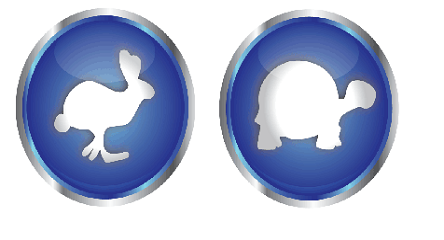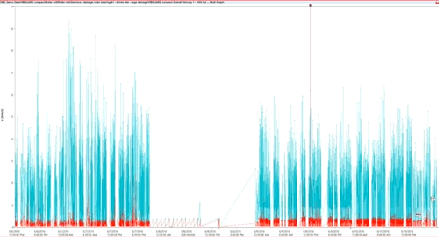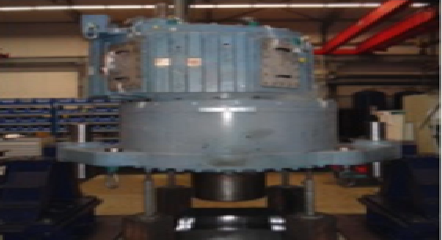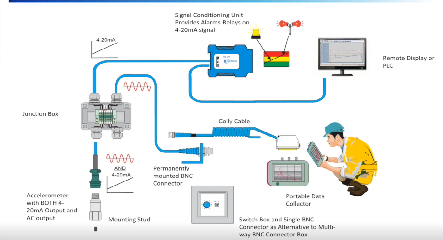About the Author
Professor Bor-Tsuen Wang was born at Taipei in 1961 and graduated from Tamkang University in 1985. He received his MS (1988) and PhD (1991) in Mechanical Engineering at Virginia Tech, USA. He joined National Pingtung University of Science and Technology, Taiwan in 1991 and served as Department Chair of Mechanical Engineering from 1997-2000. He was Dean of College of Engineering from 2008-2011.
Since 2014 he has chaired Academia and Industrial Technology Alliance for Noise, Vibration and Harshness (AITA/NVH) in Taiwan, promoting NVH techniques for improving product quality. He has been the certified Instructor for ISO 18436-2 CAT I, II and III Vibration Analyst since 2020 recognized by Mobius Institute. He has trained over 200 students and awarded the 2025 Mobius Institute Top Training Partner.
Professor Wang has published over 400 articles in Noise and Vibration Science Columns once a week since 2017. Each article contains a video for about five minutes and a written content. The views on those videos in YouTube are over 320 thousand times. He is the Laboratory Head for testing dynamic stiffness of resilient material accredited by Taiwan Accreditation Foundation (TAF) since 2020.
His research interests are Experimental Modal Analysis (EMA), Finite Element Analysis (FEA), Structural Vibration and Acoustics, and Health Monitoring and Diagnosis. He published near 100 journal and 400 conference papers as well as two textbooks, i.e., Vibration and CAE Application. He has developed several new types of percussion instruments with 14 patents, such as harmonic sound plate, chord sound plate and harmonic sound copper bell. He is a member of the IIAV since 2001, a member of Institute of Noise Control Engineering (INCE) and the Acoustical Society of America (ASA). He is the life senior members and Executive Boards Members of Taiwan Acoustical Society (TAS) and Chinese Society of Sound and Vibration (CSSV). He was President of CSSV from 2014-2016.






